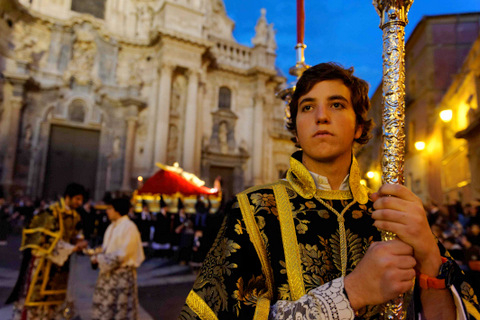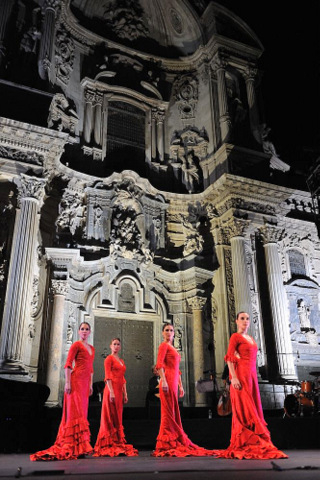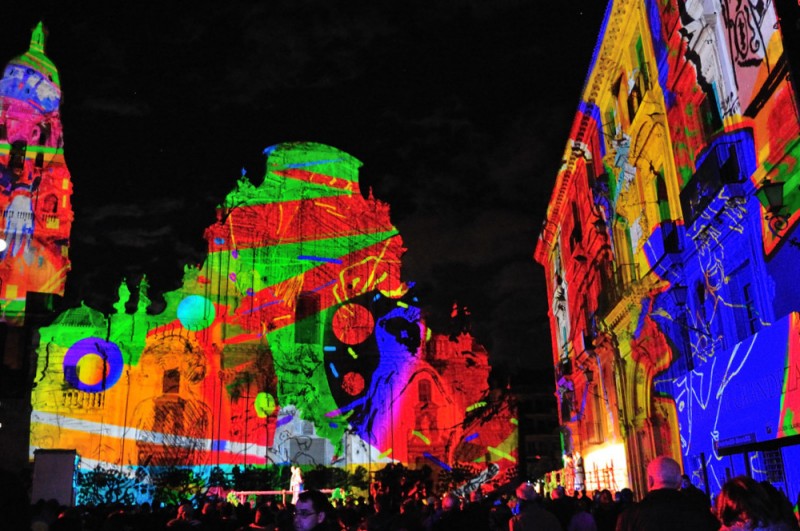article_detail
Plaza del Cardenal Belluga, Murcia
Plaza Belluga, Murcia

Plaza Belluga is the home of Murcia’s Tourist Office and Cathedral
Plaza del Cardenal Belluga is one of the most emblematic locations in the capital city of Murcia, with the Cathedral at the far end, the Palacio Episcopal ( Bishop’s Palace )and Sala Belluga exhibition rooms occupying the right hand side, and the tourist office at the opposite end to the Cathedral. It also has a number of atmospheric bars and restaurants and is the ideal place to pick up a map from the tourist office, then enjoy a coffee before heading off into the shopping streets and old quarter which are behind the plaza.
 Underground parking is very close to the plaza, with the exit steps from the carpark just a few metres away in the Glorieta.
Underground parking is very close to the plaza, with the exit steps from the carpark just a few metres away in the Glorieta.
This carpark is the ideal location for those wishing to walk straight into the heart of the capital or attending any one of the numerous cultural events or processions which take place in, or pass through, this plaza during the year.
A little background information about the Plaza Belluga
Until the 18th century, this plaza housed the Cathedral, the Palace of the Marqués de los Vélez, one of the most influential families in the history of the region, and the Bishops Palace. All of this was demolished in order to remodel the principal fachada of the Cathedral and build the new Episcopal Palace for the Bishop of Cartagena.
The new Plaza was opened in 1759, all the new elements and Bishop’s Palace in typical baroque style. The plaza underwent several refurbishments during its history,
In 1885 a statue of Cardinal Belluga was positioned here , although this was moved out to the Glorieta in front of the Town hall. In 1995 the small garden and fountain which had occupied the centre of the square was removed and the plaza took on its current form: a large, open space used by the City for public spectacles and processions.

Cardinal Belluga
Cardenal Belluga, Luis Antonio de Moncada y Belluga was born in Motril in 1662 and died in Rome in 1743. He was a man of many talents: politician, soldier and holy man, named Bishop of the Diocese of Cartagena in1705, the bishopric enjoying its period of greatest splendour under his supervision.
In 1707, he declared himself loyal to King Felipe V and fought at the head of 4000 men in the battle of Almansa. He was Viceroy and Captain General of Valencia and Murcia, and undertook a plan to repopulate the river valley area of the Segura basin.
He was expelled for going against the regalist policy of the King and in 1724 moved to Rome following the fracas of canonic reforms, where he died in 1743.
The dedicated Murcia City section contains further information about visiting the city, with agenda, what to visit and general information.
Loading
article_detail
Contact Spanish News Today: Editorial 966 260 896 /
Office 968 018 268













